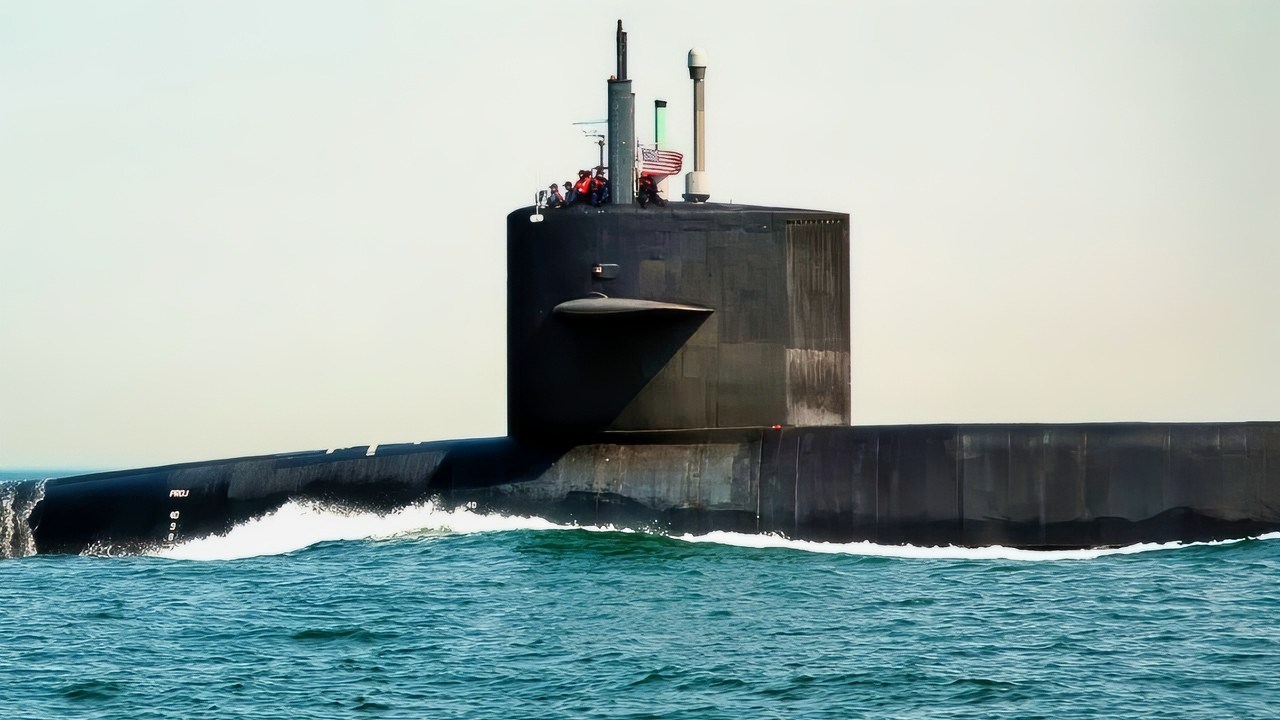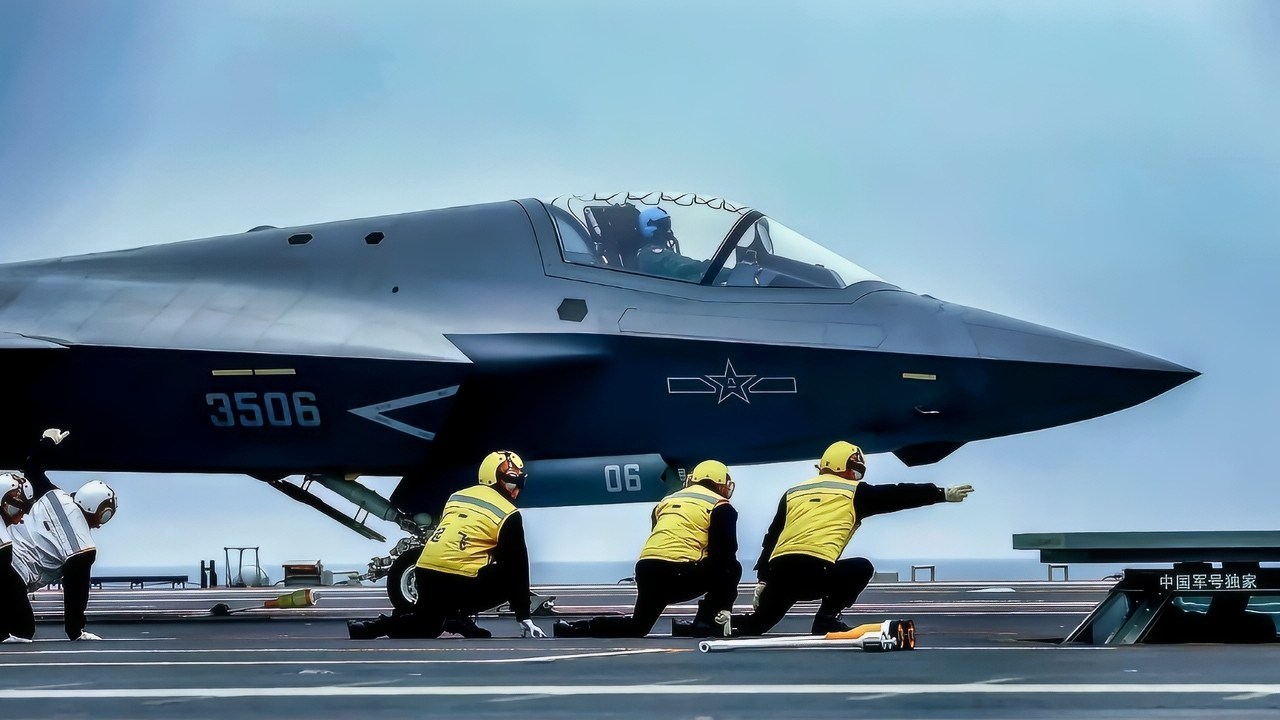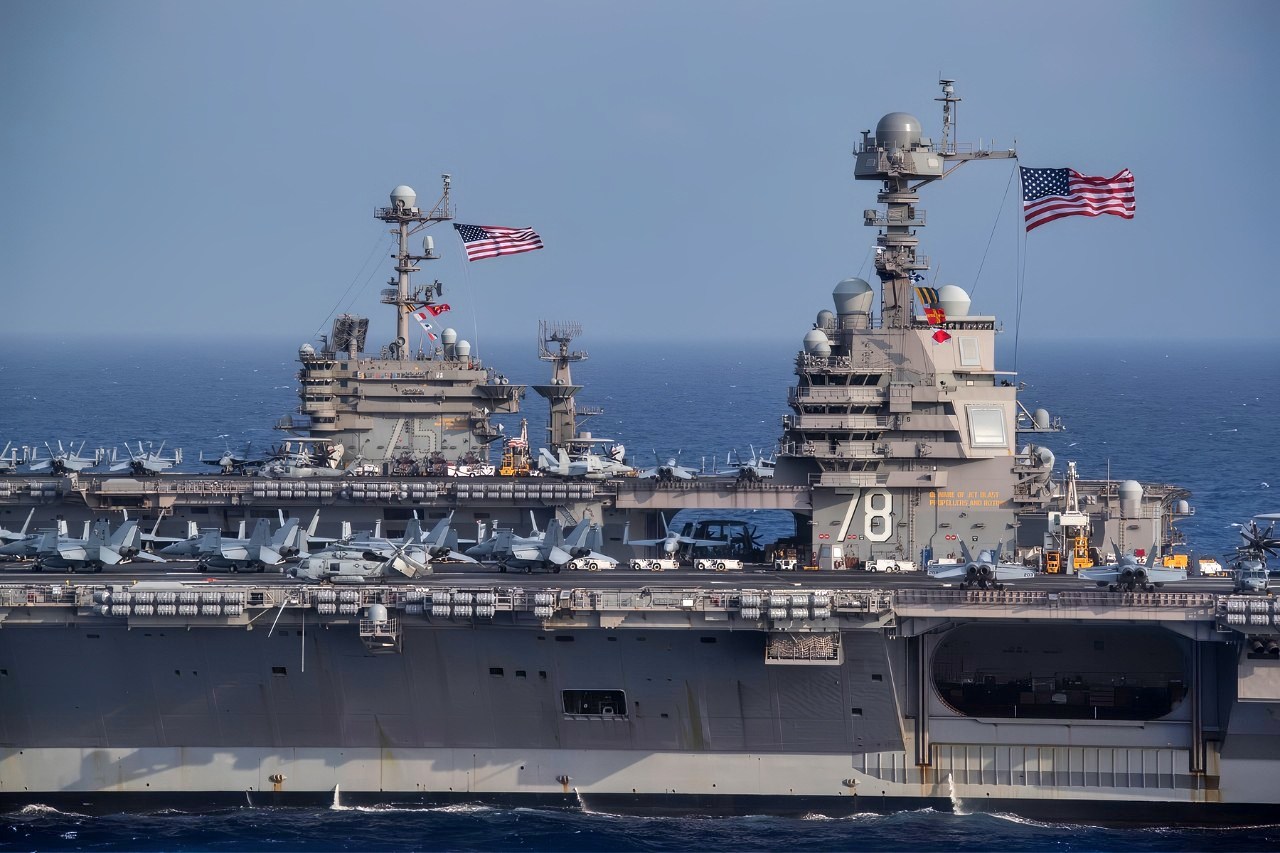Article Summary – U.S. supercarriers still anchor American sea power, but China is steadily eroding their margin of safety.
-Long-range DF-21D and DF-26 “carrier-killer” missiles can push carrier strike groups thousands of miles offshore, while the new J-35 stealth fighter adds an airborne threat that demands early air superiority from F-35Cs and E-2Ds.

DF-17 Missile from China. Image Credit: PLA.

DF-17 Missile from China. Image Credit: Creative Commons.
-Under the surface, quiet AIP-powered Yuan-class submarines complicate ASW and could stalk a carrier from inside its defensive ring.
-Layer on hypersonic and advanced cruise missiles from Type 055 destroyers and small-boat swarms, and the carrier’s enduring value now hinges on how America adapts its tactics and defenses.
U.S. Aircraft Carriers vs China’s Missiles, Subs, and J-35s: How Bad Is the Risk?
U.S. Navy carriers project global power, protect vital ocean waterways, and transport the potential to launch and sustain a massive air attack against any enemy.
The large ships continue to prove their worth and command attention as massive pillars of American power.
The One Word: Vulnerability
The Navy is required by statute to operate 11 carriers. It performs dual-carrier operations in the Pacific to leverage breakthroughs in networking technology that, if needed, could enable an integrated two-carrier-attack.
However, despite their indisputable worth, carriers are increasingly vulnerable to a new generation of enemy weapons. Some navalists are inclined to argue the carriers have become too vulnerable and may even be obsolete in a modern threat environment.
Many a Pentagon analyst surely stays up late many a night pondering ways to counter the various methods China might employ to destroy U.S. Navy aircraft carriers.
“Carrier-Killer” Missiles
Chinese government-backed media regularly refers to testing and production of China’s much-discussed “carrier-killer” DF-26 and DF-21D anti-ship missiles.
These projectiles were expressly designed to destroy aircraft carriers thousands of miles offshore.
The arrival and continued production of the missiles has provoked discussion within the U.S. military about the Navy’s future maritime strategy and concepts of operation.
In large measure this is due to the simple, somewhat self-evident reality that carriers might not be able to survive fast-moving, precision-guided anti-ship missiles such as the DF-26—which has a range of 2,000 nautical miles.

(March 31, 2006) – The guided missile submarine USS Florida (SSGN 728) conducts sea trials off the coast of Virginia. Florida will be delivered to the Fleet in April, and a Return To Service ceremony is scheduled for May 25 in Mayport, Fla. As the second of four SSBN submarines to be converted to SSGN, this nuclear-powered submarine will have the capability to: launch up to 154 Tomahawk cruise missiles; conduct sustained special warfare operations with up to 102 Special Operations Forces (SOF) personnel for short durations or 66 SOF personnel for sustained operations; and provide approximately 70 percent operational availability forward deployed in support of combatant mission requirements. U.S. Navy photo by Chief Journalist (SW/AW) Dave Fliesen.
In tactical terms, this means carriers could be forced to operate thousands of miles offshore.
From such distances, a Carrier Air Wing would be unable to strike without the use of non-stealthy, highly vulnerable aerial refuelers. The Navy continues to take aggressive steps to mitigate the risks from these People’s Liberation Army (PLA) weapons.
The threat of the PLA’s shore-fired, carrier-destroying anti-ship missiles is thus changing U.S. Navy strategies and concepts of operation.
PLA AF J-35
There is little question that stealthy fifth-generation ocean-launched stealth fighters such as China’s J-35 add another layer of threat.
The J-35 may be capable of sensing, tracking, and destroying carriers in the Pacific. Even if protected by the heavily armed destroyers and cruisers of its Carrier Strike Group (CSG), a U.S. Navy carrier could quickly be destroyed by a rapid succession of incoming air-to-surface weapons fired from one or more J-35s.
Defending against such a strike might be too much for the carrier defenses—long-range, ship-integrated radar, deck-mounted guns, and interceptor weapons—and might require a CSG to pre-eminently establish air superiority using the carrier-launched F-35C.
In essence, a superior Carrier Air Wing could use surveillance planes such as the E2D Hawkeye, drones, and armed fighters such as the stealth F-35C to establish air supremacy, removing any immediate threat posed by the J-35.

China J-35 Fighter. Image Credit: Chinese Navy/PLAN.
PLA Navy Submarines and Aircraft Carriers
Even with air superiority established, People’s Liberation Army Navy (PLAN) attack submarines would pose another significant threat to U.S. carriers. Chinese subs are designed to operate quietly in the undersea domain and maneuver into position to destroy large surface warships with torpedoes.
The U.S. Navy not only has its stealthy Virginia-class attack submarines to detect and monitor this threat, but it also operates undersea surveillance drones and surface-launched sonobuoys, as well as towed array sonar technologies.
However, should one of China’s new Type 039A Yuan-class submarines maneuver into attack position without being detected, U.S. Navy carriers would be at risk.
The Yuan-class in particular is likely to present risks to carriers, because it uses ultra-quiet diesel-electric technology and a super-stealthy undersea technology known as Air Independent Propulsion (AIP). Non-nuclear submarines with AIP can operate without atmospheric oxygen.
AIP submarines could remain less detectable while they patrol areas to attack large surface ships such as carriers.
Surface Warship Threat vs. Aircraft Carriers
There is also the risk from simple old-fashioned naval surface fires such as cruise missiles, deck-mounted guns, or other surface-to-surface methods of attack, including small boat swarms. The PLAN is known to possess advanced surface-fired weapons on its fast-emerging Type 055 destroyers.
Recent innovations now enable deck-mounted guns and missiles to strike with much greater range and precision than before.
Ship-launched PLA hypersonic missiles are a new threat—the PLAN successfully test-fired its YJ-20 hypersonic missile from a surface warship.
About the Author: Kris Osborn
Kris Osborn is the President of Warrior Maven – Center for Military Modernization. Osborn previously served at the Pentagon as a highly qualified expert in the Office of the Assistant Secretary of the Army—Acquisition, Logistics & Technology. Osborn has also worked as an anchor and on-air military specialist at national TV networks. He has appeared as a guest military expert on Fox News, MSNBC, The Military Channel, and The History Channel. He also has a Masters Degree in Comparative Literature from Columbia University.










